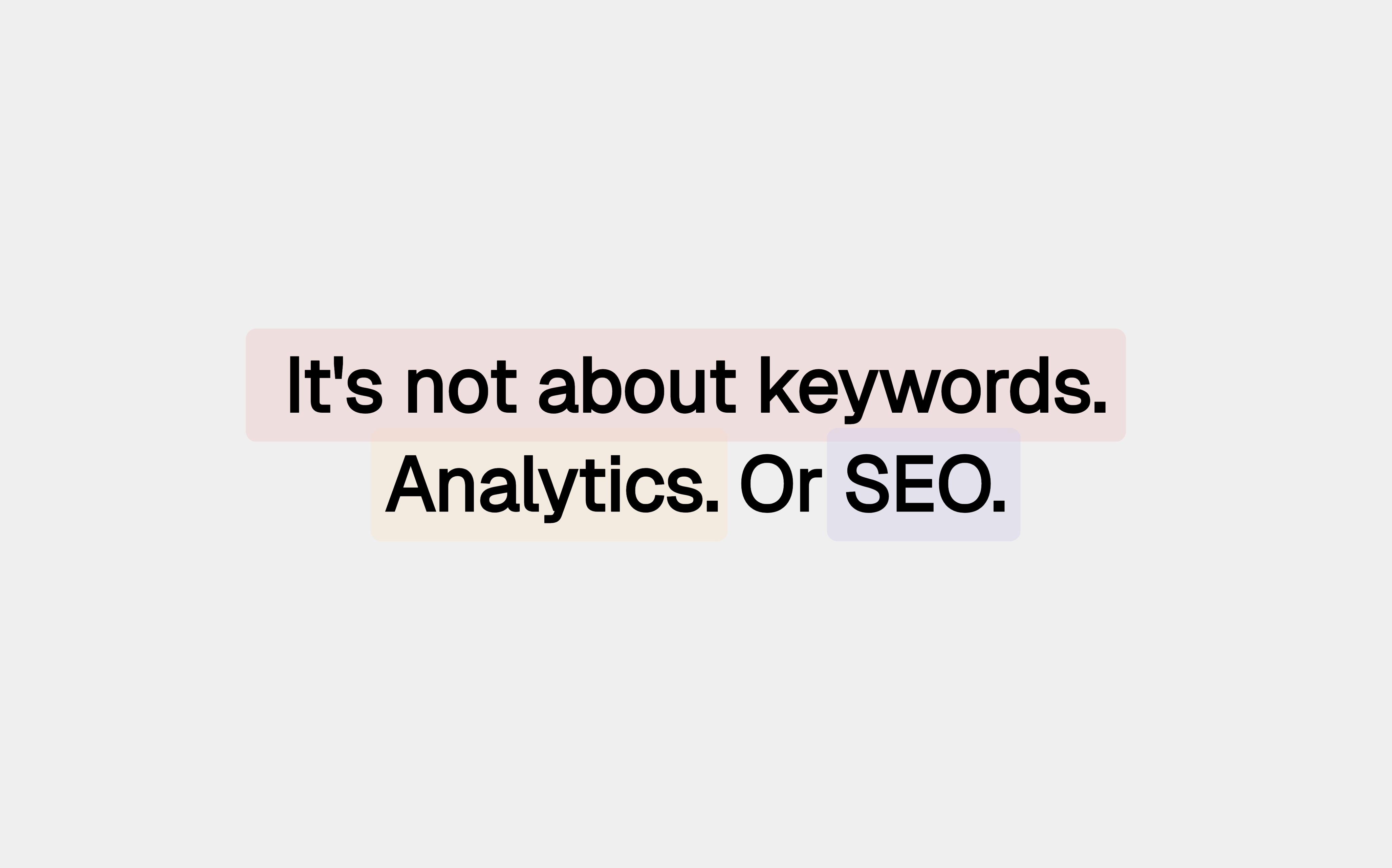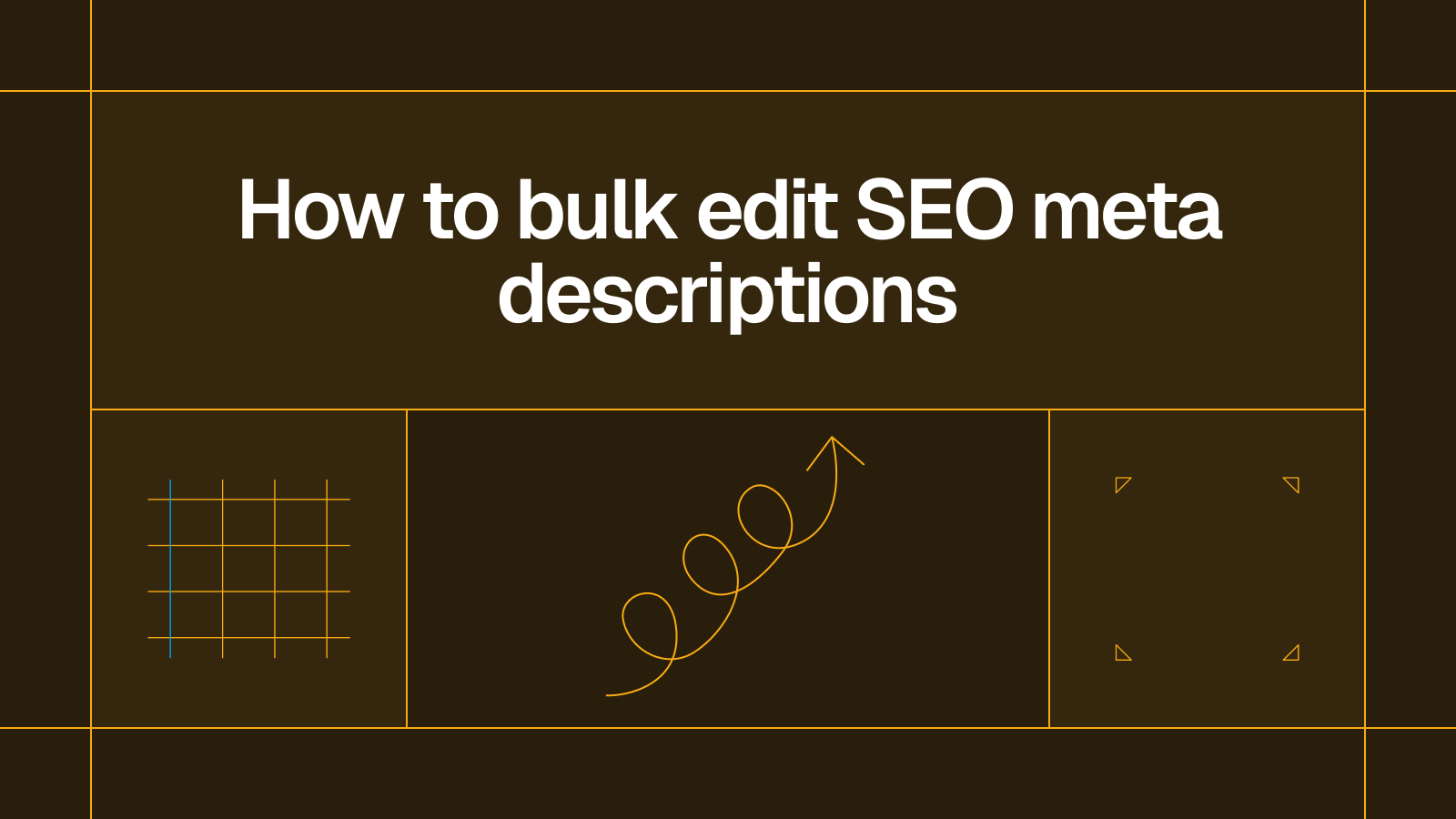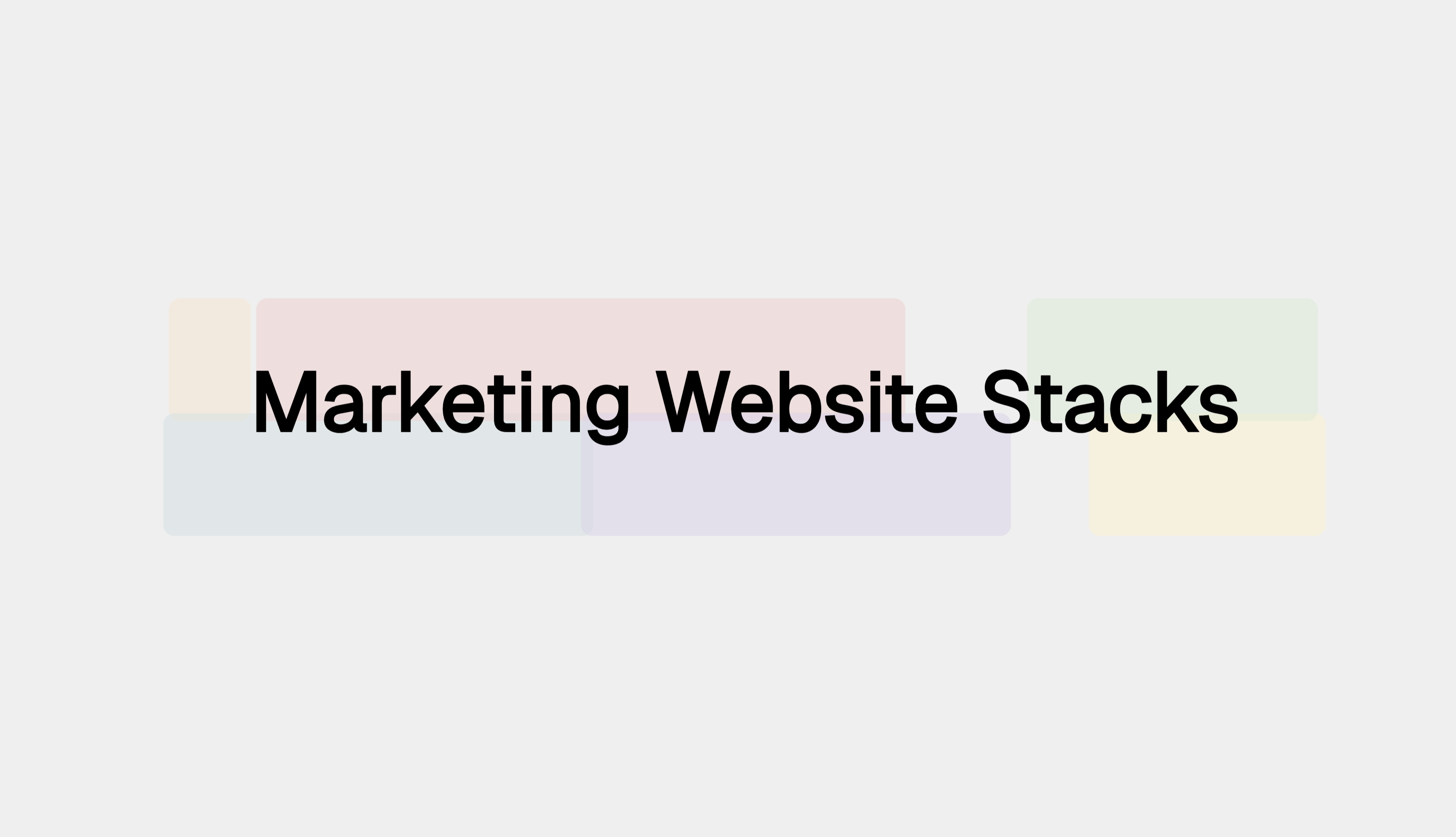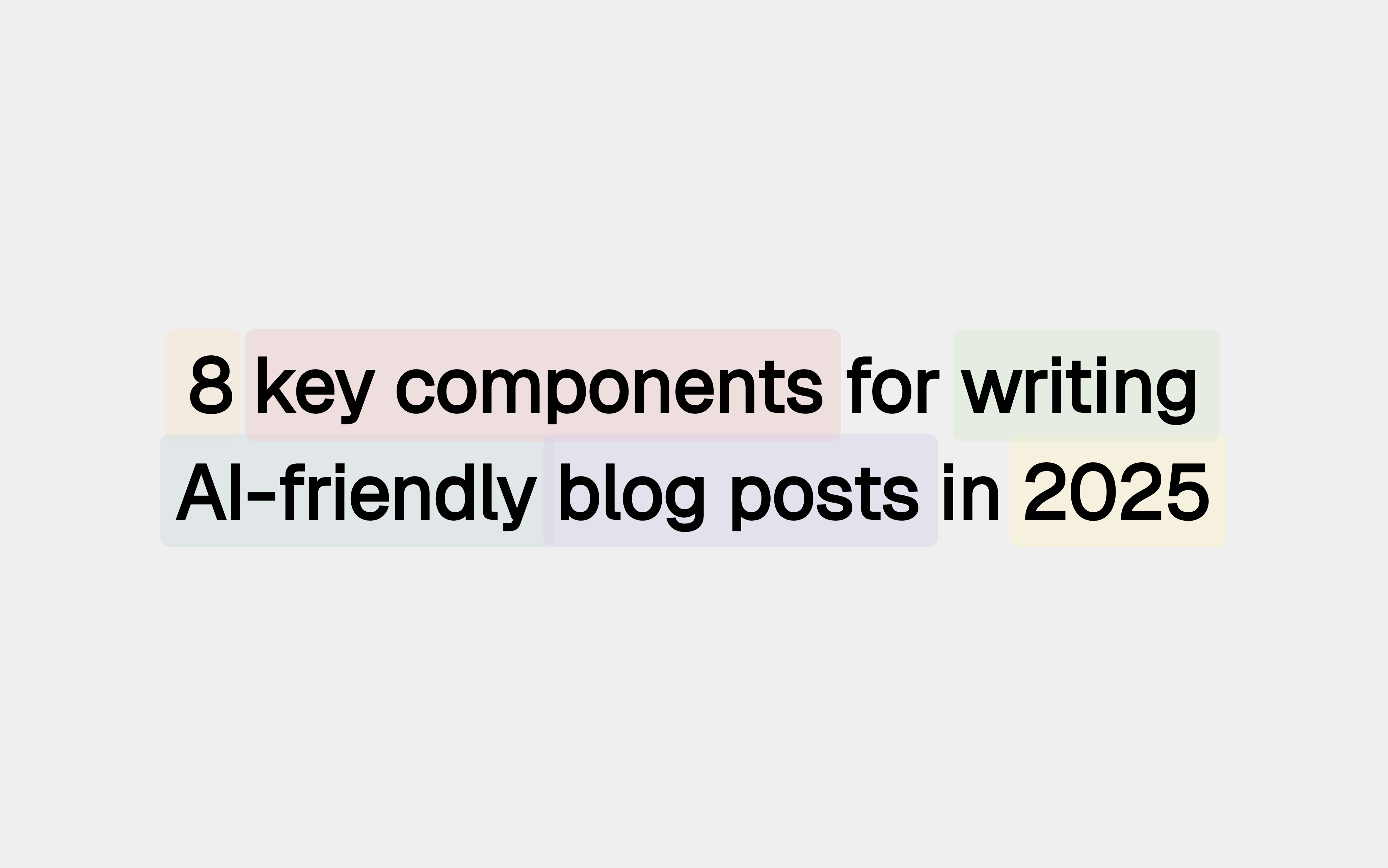Co-Founder Matching Playbook

My step-by-step guide to finding a co-founder
“There are these cofounder dating things where you're like, Hey I'm looking for a cofounder, we don't really know each other, let's start a company. And this is like, crazy.” - Sam Altman
In January 2021, Curtis and I met on YC’s new cofounder-matching platform (CFM). Six weeks later, before ever meeting in person, we officially started Whalesync. Soon after that, we became one of the first pairs who met on CFM to go through YC.
Hi there, you are reading the Whalesync blog. Whalesync is a workflow automation tool that makes editing Webflow CMS, Supabase, or HubSpot data directly from Notion or Airtable really easy. Try it today!
With this “non-traditional” beginning to our relationship, we’re often asked how we made it work. Before pairing up with Curtis, we each met dozens of other potential co-founders. Any time conversations looked promising, we used Gloria Lin’s Founder Dating Playbook to determine whether we’d be a good fit. The Founder Dating Playbook was a life saver in what would have been a potentially chaotic process.

While the Founder Dating Playbook is invaluable, I wanted to add to Gloria’s body of knowledge with my own experience since co-founder dating is relevant to so many future founders. Below I break down the process I followed into five discrete phases. Each phase includes elements from the Founder Dating Playbook in addition to tips that are specific to the newly remote world we live in today.
Although I followed a deliberate process, the co-founder experience was still unnerving. There’s a natural level of instability that comes from working on your own and meeting strangers every day. The Founder Dating Playbook helped organize my thinking and gave me confidence that there was light at the end of the tunnel. I hope this guide can be a nice supplement, filling in the blanks in a few of the areas I had to figure out on my own.
5 Phases

Below is a detailed overview of the process. To try it yourself, you can create a copy of this Co-Founder Dating Checklist.
1. Prepare
Before jumping into co-founder dates, I’d recommend taking some time to organize yourself. You’re about to tap into all your professional networks and meet dozens of people for the first time. You want to give yourself the best chance to have these meetings go well and see what else comes of them.
Two of the best things you can do to prepare are:
- Organize your thoughts
- Start a project
Almost every first date starts the same way. You hop on Zoom, have a little small talk, and then begin sharing more about your interests. The vibe on these calls can range from casual conversation to two-sided interview, but the context is always the same. The reason you’re meeting is to learn more about the other person.
Since this is the context of the call, you can prepare by writing down the things people might be interested in knowing about you. Among other questions, this will likely include:
- Why are you interested in starting a venture?
- Do you have an idea you’re already working on?
- Which industries excite you most?
- When are you looking to start a company?
- Have you or do you plan on quitting your job?
Additionally, you can start crafting a personal elevator pitch that summarizes your background. Like a job interview, it’s common for others to ask you to “tell me about yourself.” Having a concise 1-2 minute overview of where you’ve worked or what you’ve built helps get these conversations off on the right foot.
Aside from these basics, I’d also recommend starting a project of your own. Even if you haven’t settled on the perfect idea, just pick one and start to build. If you’re non-technical, figure out another way to make progress. Build a prototype with no-code tools or conduct a series of user interviews.
People want to work with partners who are enthusiastic and know how to get stuff done. If you can walk into a call with a project you’re already making progress on, then you’re at a huge advantage. The project provides an anchor for your conversations and a potential jumping-off point for future work. In all likelihood, this won’t be the idea you end up pursuing six months from now, but it shows initiative and improves the quality of conversations.
In my case, I built prototypes for a few different ideas, including an “Airbnb for office space” and an async interview tool. My co-founder had built a prototype for a no-code form builder called Whaleform. His project opened the door for our conversations about no-code and the discovery of our shared set of interests.

2. Source Leads
Now that you’ve organized your thoughts and started building a project, it’s time to kick off the dating process in earnest. The goal at this point is to have as many conversations with potential co-founders as possible. To generate these conversations, there are three types of networks to mine:
- Personal network
- Founder network
- YC Co-Founder Match
Although it’s not the path I took, I still think the easiest way to find a co-founder is through your personal network. There’s built-in trust that can accelerate the process. Start by making a list of everyone in your network that might be a good co-founder. Even if they seem happy at their current job, you should write them down. You won’t know until you ask.
Try to make this list as long as possible. There’s probably a shortlist that would be ideal but go beyond that to others you’re not as close with. Scrolling through your LinkedIn connections can help jog your memory. Even if these conversations don’t go anywhere, they may lead to other more promising introductions.
Don’t get discouraged if your personal network doesn’t produce any good leads. Despite the classic story of two former colleagues teaming up, it’s become common to find a co-founder via alternative methods. One path you can take is joining a founder network. These application-only networks bring people together who are interested in starting their next thing. Over the last few years, On Deck has exploded in popularity, but other founder networks include:
Personally, I joined Propel and tried tapping into Pioneer - a founder community I had joined in 2020. These networks generated a dozen or two leads for my search.
In addition to personal and founder networks, I’d highly recommend joining YC Co-Founder Match. In retrospect, this was a cheat code for sourcing high-quality leads. The platform is similar to Tinder but for co-founder dating. After filling out a profile, you’re able to reach out to recommended matches. If you both like each other, YC will connect you for further conversations.
Curtis and I both joined YC Co-Founder Match in early January when the platform was still in beta. Within minutes YC Co-Founder Match showed me dozens of profiles of high-quality candidates interested in starting companies. The ones I matched with were added to my list of leads.

While sourcing, one other tip to mention is to personalize your outreach as much as possible. Just like Tinder or Hinge, high-quality people get lots of inbound interest on dating platforms. If you send a generic, “Hey, your profile looks interesting, we should chat,” you’re almost guaranteed to be ignored. Instead, take the time to look up the people you’re reaching out to and show you made an effort. Curtis’ profile initially intrigued me because he was exploring the no-code space. In my outreach message, I linked an article I had published on no-code, demonstrating that I was serious about the topic.
3. Identify Top Leads
In the beginning, founder dating is similar to the sales process. You’re generating leads, qualifying them, and moving them through a funnel until you “close.”
To help track this, you can use a lightweight CRM. I personally built one in Notion. Every lead was added to the Founder Search database and tagged with their source. As I had conversations with these leads, I’d move them along the board. Most conversations fizzled out at the “Coffee” stage, but a few went on to multiple chats and eventually a project.

At this point, it helps to be rigorous. Unlike a sales motion, you’re not trying to close just anyone. The process should be designed to find a partner you’re excited to work with for the next ten years. This is where Gloria Lin’s 50 Founder Dating Questions were incredibly helpful.
Typically, the first conversation I had with a lead was very casual. We’d introduce ourselves, have an open-ended chat, and see if we gelled. If things went well, we’d set up a series of follow-up calls. By the third time we connected, I’d suggest we go through the Founder Dating questions together. As described in the First Round post, these questions helped kick off deep conversations about what we valued in a partner. It was a great filtering mechanism for deciding who was worth investing more time into.
4. Test the Relationship
Most discussions ran out of steam after a few meetings after we realized we weren’t aligned, didn’t have complementary skillsets, etc. Although occasionally disheartening, this meant the process was working as designed.
While many stalled, a few conversations built momentum. After completing the founder dating questions with Curtis, we felt highly aligned and excited to keep things going. This was when we decided to do a co-founder trial period.
Although long conversations are helpful, it’s hard to know if you like working with someone until you’ve done it. The co-founder trial period creates a structured way to put your relationship to the test without committing forever.

A screenshot from our co-founder trial period
Before starting the trial period, it’s helpful to define it. This ensures you and your potential co-founder have similar assumptions about what to expect. A few things we defined upfront:
- Goals
- Length of time
- Check-ins
- Specific projects
- Communication methods
In our case, we settled on a 6-week trial period with weekly check-ins. The goal of the trial period was to determine whether we liked working together and wanted to officially team up. We decided to start by conducting user interviews and researching competitive products. We purposefully picked projects that would be collaborative to uncover whether we worked well together.
This was also the time we set up more streamlined communication channels. Previously we had been going back and forth via email and Zoom calls. During the trial period, we chatted on Slack, shared docs on Notion, and worked in a virtual office via Tandem. This setup mimicked a “real” working environment and became the basis for communication at Whalesync today.
5. Commit
As mentioned in the Founder Dating Playbook, only some trial periods will succeed. Again, the goal is to find a partner you’re excited to build with for the next decade. At a minimum, you’ll be spending 1:1 time every day with this person for the following year. It’s a serious decision, not to be taken lightly.
That said, there’s only so much information you can gather before you need to make a decision. At some point, if it feels right, you need to just go for it. With Curtis, we felt so aligned that we were ready to pull the trigger before we even got to the end of the trial period.
Once you’re both ready to commit, it’s important to take care of the little things. I’d recommend using a service like Stripe Atlas to incorporate if you haven’t already. Through Stripe Atlas, you can assign shares to each co-founder and, importantly, set the period over which they vest. It’s standard for co-founder ownership to vest over a period of four years to ensure each party is protected.
Final Thoughts
If you’re starting the co-founder dating process now, I wish you luck! It’s a fun, exhilarating, and potentially stressful period, but it’s worth it. I hope this guide can be helpful as you design your own process. To help summarize some of the recommendations from this article, I put together a Co-Founder Dating Checklist that covers each phase.
Subscribe for more
Stay up to date with the latest no-code data news, strategies, and insights sent straight to your inbox!
Thank you for subscribing!
Related posts












.svg)




.svg)


